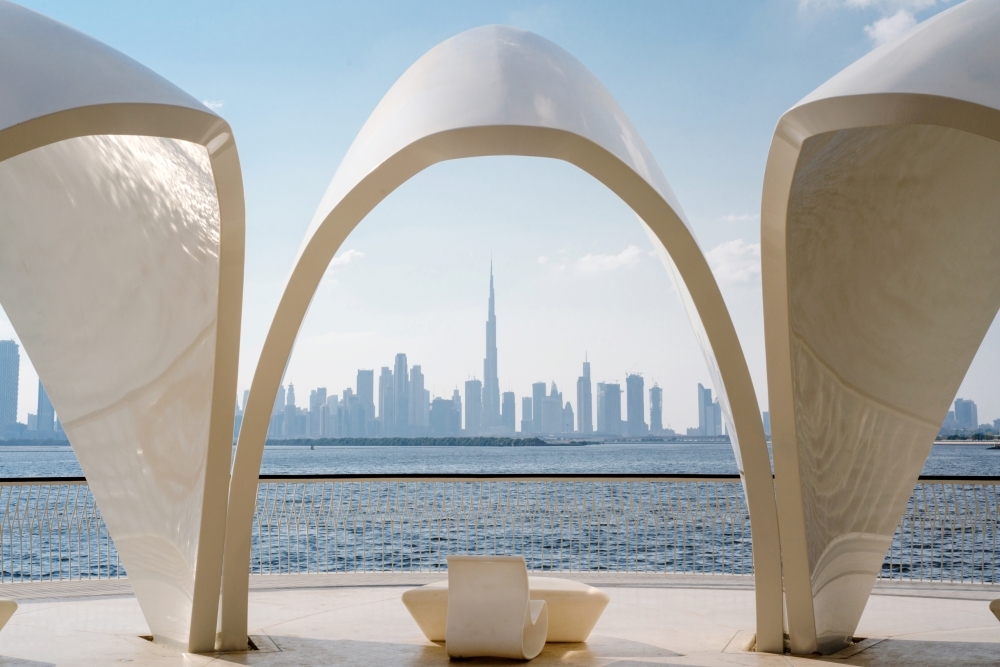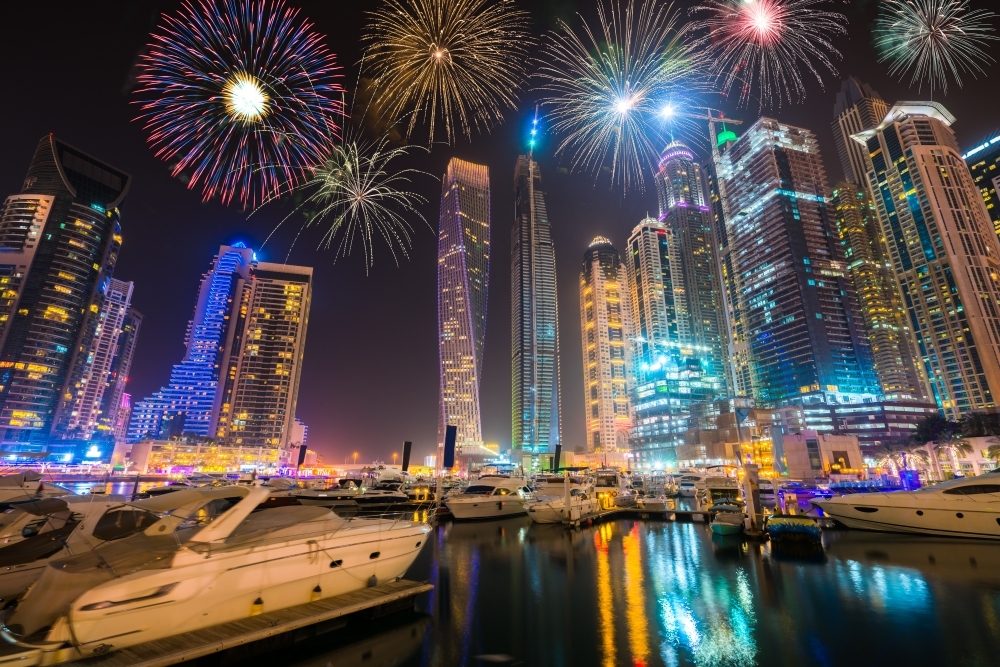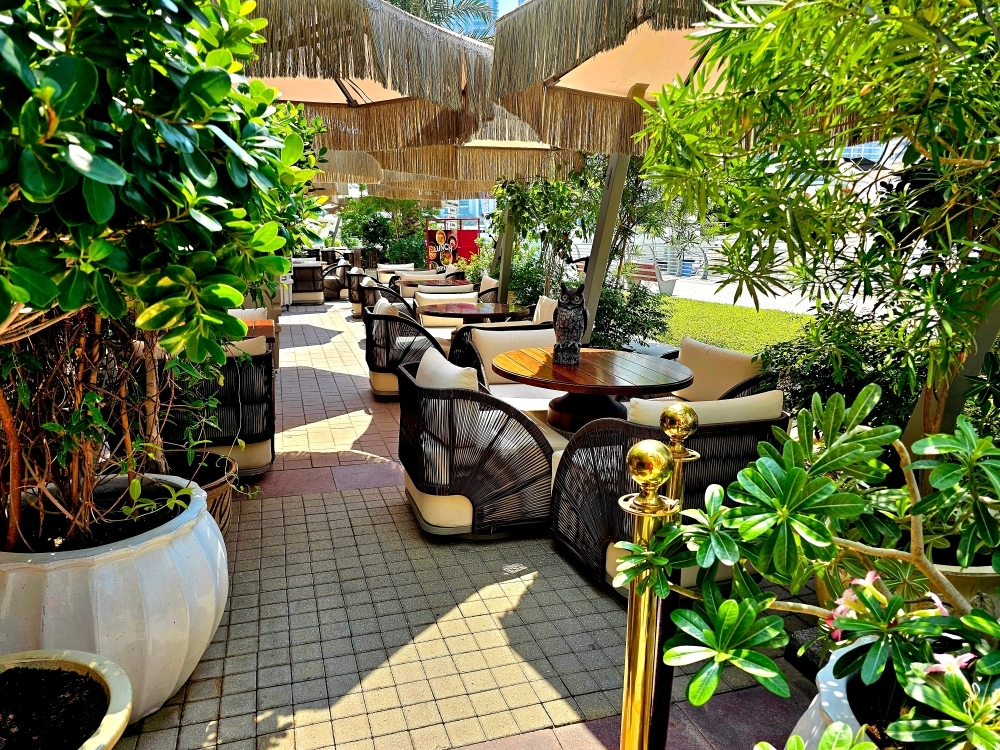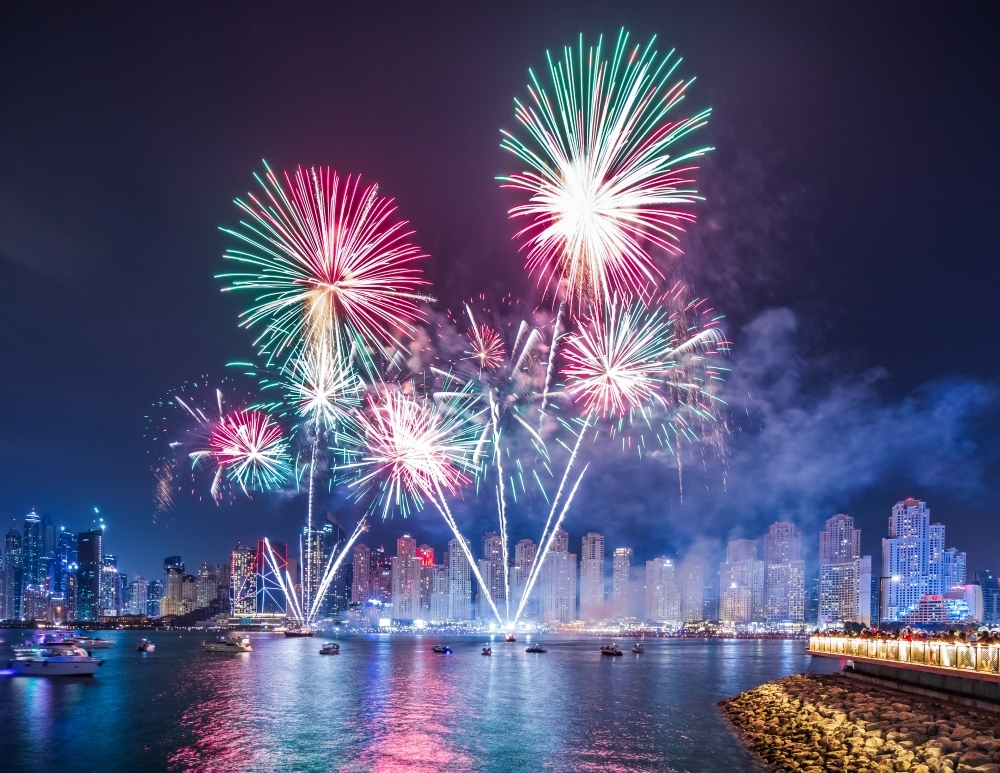Famous Architects Shaping Dubai’s Landscape and Beyond
Granting cities both their silhouette and their soul, from temples and townhouses to supertalls and museums, architects have always translated ideas into materials, culture into structure, and memory into space. Courtyards, atriums, and terraces are more than voids between walls; they are the definers of social life, places where we linger, rush, meet, or connect. Even the smallest gestures of design, like the way sunlight pours into a kitchen or how a doorway frames entry into a living room, quietly shape the rituals of everyday life. Just as the sweeping ramps in Frank Lloyd Wright’s Guggenheim guide visitors in a continuous flow, architecture has the power to choreograph experience.
Over the past two decades, Dubai has recognised that a cityscape holds a deeper value that surpasses mere shape, and that architects capture timeless stories and shape civilisations for generations to come. Through the vision of celebrated architects, the emirate’s skyline has been redefined, and a new playbook for contemporary design has been established.
Below are some of the most famous architects who have shaped both Dubai and the wider world.
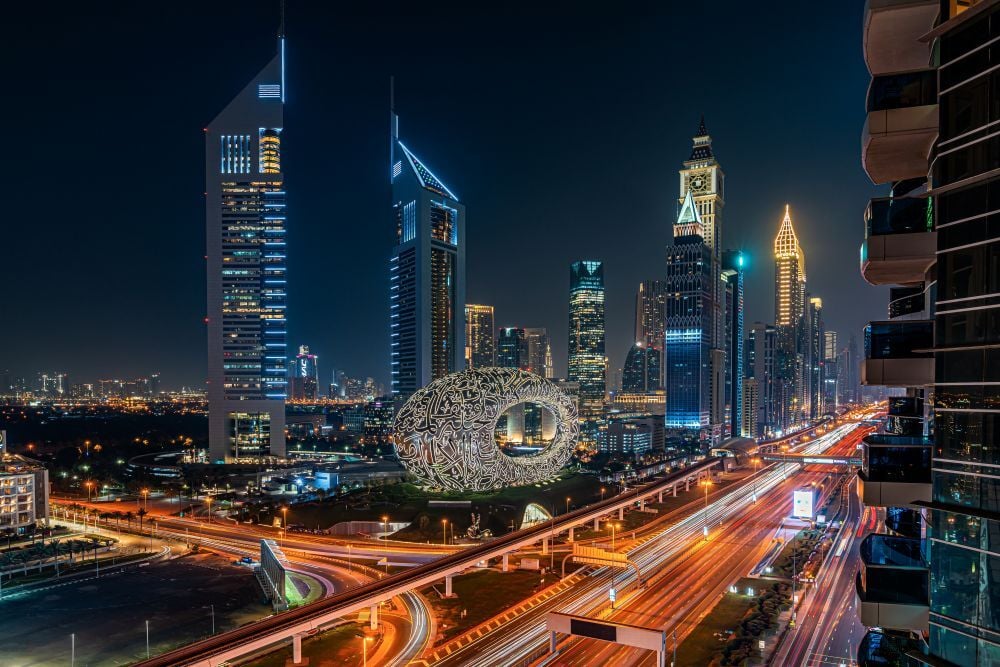
Shaun Killa / Killa Design
Shaun Killa has become one of the most influential figures in the Middle East’s architectural landscape. Trained in South Africa and later establishing his practice in Dubai, he has built a reputation for combining expressive forms with sustainable intelligence. His designs are consistently ambitious, pushing both engineering boundaries and environmental standards.
His studio’s defining contribution to Dubai is the Museum of the Future, a column-free steel diagrid clad with calligraphy, now recognised worldwide as both a cultural emblem and an engineering breakthrough. Other notable works in the city include the Address Beach Resort and Aykon Tower, projects that extend his philosophy of innovation into hospitality and residential towers. Beyond Dubai, his portfolio spans regional landmarks such as the off-grid Shebara Resort in Saudi Arabia.
Norman Foster / Foster + Partners
High-tech elegance and precision engineering have defined Norman Foster’s career for more than half a century. His practice, Foster + Partners, rose to global prominence through works such as the Hong Kong and Shanghai Bank headquarters, Apple Park in California, and the Reichstag dome in Berlin, projects that combine technical innovation with lightness, clarity, and a sense of civic presence.
In Dubai, that same philosophy underpins luxury developments like VELA and Regent Residences, where expansive glass façades maximise daylight and views across the water, while hotel partnerships with the Dorchester Collection and IHG bring discreet, five-star service to residents. Foster’s approach pairs rigorous engineering with calm restraint – complex solutions made to feel effortless, spaces designed for both performance and comfort.
Zaha Hadid Architects (ZHA)
The late Dame Zaha Hadid transformed curvature into a living language that was fluid, cinematic, and contemporary. In Dubai, her legacy is defined by The Opus in Business Bay, a mixed-use landmark whose mirrored cube and sculpted void turn the urban block into a habitable sculpture. The building houses offices, residences, and the ME Dubai hotel, which is the only hotel interior personally designed by Hadid.
Beyond Dubai, Zaha Hadid Architects has delivered the Guangzhou Opera House and the MAXXI Museum in Rome, both demonstrating the studio’s advanced use of computational design. The practice continues to develop projects worldwide, offering clients a strong sense of provenance and a global aesthetic. For buyers, a ZHA property is more than a home; it is a collectable piece of contemporary architecture.
Sir David Chipperfield
Sir David Chipperfield’s architecture embodies timeless modernism – quiet, precise, and meticulously detailed. In Dubai, his discipline is evident in projects such as the Four Seasons Private Residences at DIFC, where structure, proportion, and material come together with the refinement of a hotel-level environment. Internationally, his portfolio spans celebrated cultural landmarks, including the Neues Museum in Berlin and the Museo Jumex in Mexico City, each demonstrating his ability to create enduring spatial calm. Chipperfield’s architecture is based around creating long-term value and timeless buildings that look just as relevant in fifty years as they do today, favouring permanence over passing trends.
Daniel Libeskind
Polish-American architect Daniel Libeskind is renowned for his deconstructivist approach, where sharp angles, fractured geometries, and layered symbolism give architecture a sense of movement and meaning. In Dubai, his practice is shaping the Baccarat Hotel and Residences, a twin-tower development in Downtown designed with AECOM. Inspired by the crystalline forms of Baccarat’s heritage, the towers rise as slender, branching structures that host residences, a hotel, and landscaped public areas. The project, targeting Silver Sa’fa certification – Dubai‘s own green building rating system – extends Libeskind’s global portfolio of cultural and residential landmarks, bringing his signature geometry and storytelling designs to the city’s evolving skyline.
Emre Arolat (EAA)
Emre Arolat Architecture is known for a context-first approach that adapts each project to its surroundings. In Dubai, the Framed Allure villa on Palm Jumeirah balances solid form and open space in a calm seafront design, crafted from concrete and stone. Across the UAE, projects such as the Nora Mosque and Community Centre in Ajman expand the studio’s cultural footprint. Arolat’s work resists formula, producing homes and civic spaces that feel tailored to their setting, offering collectors and communities design with depth rather than display.
DXB Lab
DXB Lab has emerged as a go-to studio for cultivated urban living in Dubai, with its name closely tied to the Eden House series. From Za’abeel to The Park and The Canal, these developments are characterised by natural materials, shaded terraces, and thoughtfully scaled amenities that emphasise community alongside sophistication. The practice also collaborates on larger-scale projects such as the SRG Tower, confirming its position as a trusted partner for next-generation residential design. DXB Lab’s work balances refinement with resilience, creating residences that appeal to buyers seeking both lifestyle precision and long-term value.
Tristan Auer
Paris-based interior architect Tristan Auer is known for bringing a couture sensibility to contemporary living spaces. In Dubai, he designed the interiors of Eden House Za’abeel, layering pale woods, stone, and soft metals to create a calm, urbane atmosphere, while at Jumeirah Marsa Al Arab, his marine-inspired curves recall the elegance of Riviera yachts. Auer’s interiors are cinematic yet functional, with lighting, texture, and colour balanced to deliver homes and hospitality spaces that feel bespoke, refined, and deeply livable.
Tihany Design
Tihany Design has long been recognised for shaping the interiors of some of the world’s most distinguished hotels and residences, bringing that same refinement into Dubai’s residential market. At the Four Seasons Private Residences in DIFC, created in collaboration with Sir David Chipperfield, the studio shaped the interiors – pairing artisan finishes with precise joinery and layouts designed around comfort and service. Separately, a private villa in Za’abeel, completed with local architect Khalid Al Najjar, further demonstrates Tihany’s ability to craft bespoke environments. Their deep experience with luxury hotel brands ensures spaces that offer the rare promise of hotel-grade living every day.
Conclusion
These architects write cultural stories, setting out narratives that people will read as they live. Architecture is not only meant to create useful spaces, it is a record of what we value, how we care for climate and community, and how we imagine the future.
Ancient cities have proved this, as one walks through the streets of London or Edinburgh, where castles, civic halls, and quiet terraces speak across centuries. Dubai is now composing its own chapter – museums with creative designs and cultural dialogues, alongside towers and homes that put clarity of form ahead of decorative scope.
In that sense, today’s architects are not simply creating landmarks; they are laying down a civic inheritance. Their buildings will carry the stories of this culture and this moment to the generations that follow, so that a century from now, a walk through Dubai will read like a living archive of how the city chose to build with purpose, people, and culture in mind.
